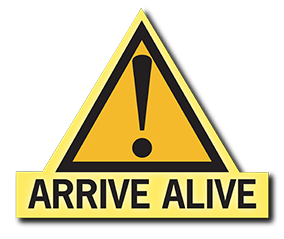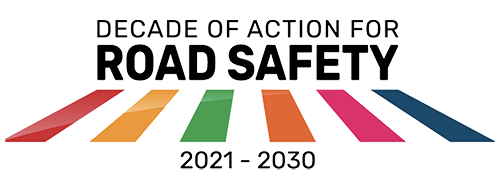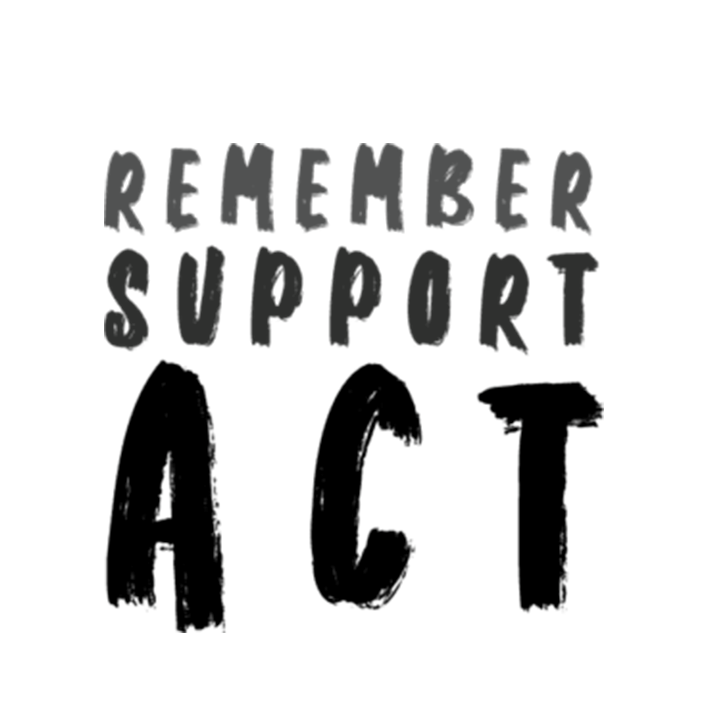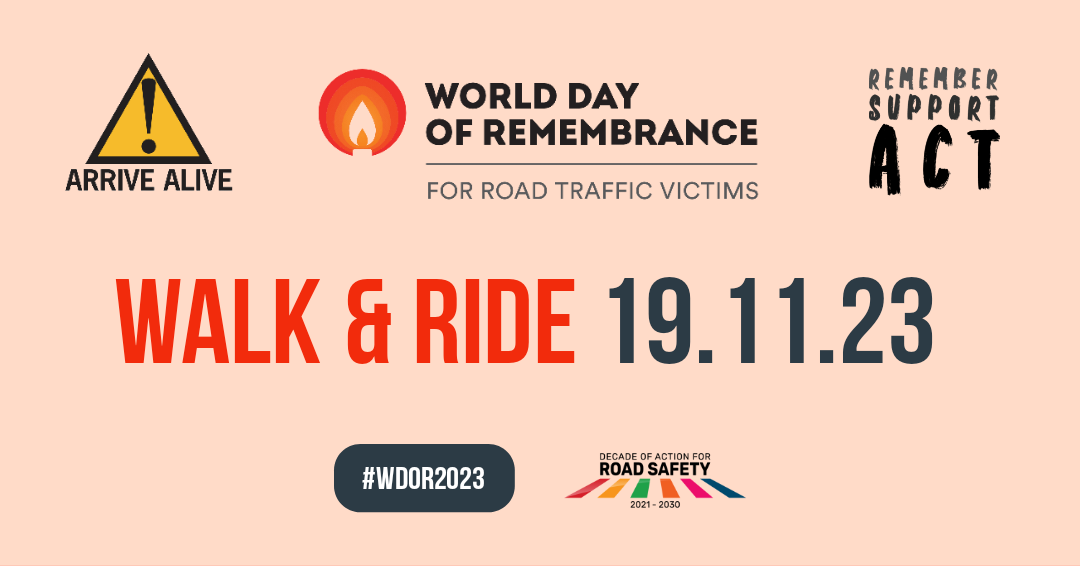Vehicle Safety Tips

A vehicle is only as safe as the driver!
Before starting your engine:
- Check your vehicle
- Fix your mirrors
- Buckle up
What do you need to check?
One of the best basic, simple and easy-to-use checklists is called POWER:
- Petrol: ensure that you have enough fuel for your journey.
- Oils: check engine, transmission, brakes/clutch and steering fluids.
- Water: check radiator/cooling system, battery and windscreen wiper fluid.
- Electrical: check head, tail, brake and reverse lights.
- Rubbers: check tyres and wiper blades.
Have you had your vehicle checked?
There are a number of things that determine how often you need to have your vehicle checked:
- Age – the older a vehicle gets, the more often things like seals and gaskets deteriorate. Remember, roll on/roll off vehicles simply have new licence plates!
- Mileage (Kilometers) – more driving, more checks.
- Terrain – bad roads, more wear and tear.
- Number of drivers – each driver should have the responsibility of checking the vehicle.
- Manufacturer’s recommendations – some manufacturers give specific time frames for maintenance checks or part replacements.
In the transportation industry, two types of checks are recommended:
- Frequent – This type of inspection is also called the Pre-Trip Check and usually consists of basic checks which are often cursory, visual checks for functionality and regulatory compliance, e.g. tyres, lights, leaks, etc.
- Periodic – This type is usually more detailed and often carried out by your mechanic or dealership. It requires a more in depth assessment of the vehicle parts and is usually scheduled according to manufacturer’s recommended time or mileage (kilometers).
The more often a vehicle is checked, the more road worthy!
Have you had your vehicle inspected?
P (Private) – Must be inspected every 2 years once the vehicle is +5 years
H (Hire) – Must be inspected annually
T (Truck) – Must be inspected annually
R (Rental) – Must be inspected annually
P inspections can be made at any MOWT authorised vehicle testing station; T, H and R can only be inspected by licensing officers.
Vehicles that have successfully passed the inspection are issued windscreen stickers that also indicate the validity period, e.g. Jan 2016 – Jan 2017.
The correct place for the sticker is the front upper or lower left hand corner of the vehicle’s windscreen to allow easy identification during any traffic exercise.







